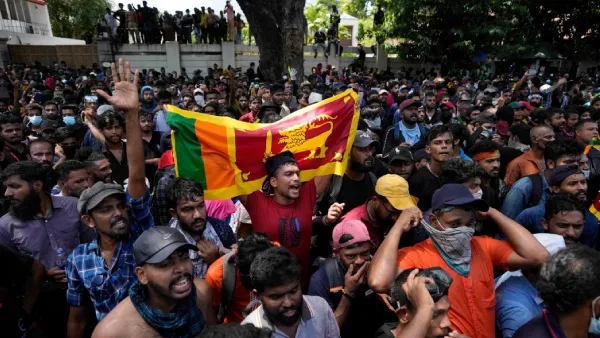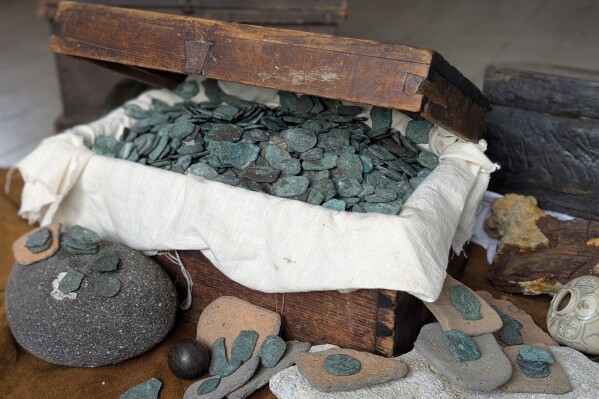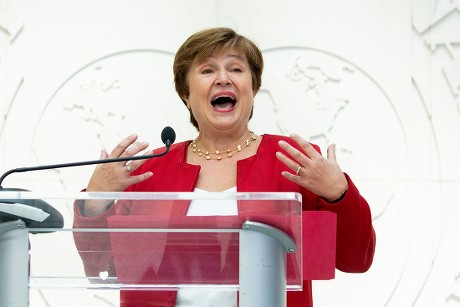Colombo: Over the last several decades, Sri Lanka, an island country in the Indian Ocean south of India, has encountered many difficulties. These include a vicious thirty-year civil war, which was followed by a series of economic crises, political turbulence, and social unrest. The nation’s rebuilding attempts have been made more difficult by the residual effects of the battle, as well as the catastrophic effects of natural catastrophes, growing debt, and the worldwide COVID-19 epidemic. Notwithstanding these obstacles, Sri Lanka is poised to enter a new age marked by recovery and prosperity.
The completion of a debt restructuring agreement with its bilateral creditors—India, China, and France—marks a critical turning point in Sri Lanka’s economic recovery. For the island country, which has been battling an economic crisis made worse by growing debt and depleting foreign reserves, this development is vital.
In April 2022, during a severe foreign currency crisis that resulted in shortages of commodities including food, medication, gasoline, and cooking gas, as well as protracted power outages, Sri Lanka declared bankruptcy and halted obligations on nearly $83 billion in domestic and international debts.
Supporters of President Ranil Wickremesinghe of Sri Lanka gathered in the country’s capital, Colombo, to hear his speech projected on a massive screen. They lit firecrackers in celebration of the news and ate traditional milk rice.
Major bilateral creditors such as China, France, and India are crucial to understanding Sri Lanka’s debt situation. Their participation in the debt restructuring process is evidence of their dedication to helping Sri Lanka through its difficult financial times.
India has a stake in Sri Lanka’s stability as a longtime friend and near neighbor. India has given Sri Lanka a great deal of financial support throughout the years in the form of loans, grants, and investments. Restructuring the current debt and giving further assistance to strengthen Sri Lanka’s foreign reserves are the two main components of the restructuring deal with India.

Through its Belt and Road Initiative (BRI), China, another significant creditor, has been instrumental in the development of Sri Lanka’s infrastructure. However, a major portion of Sri Lanka’s debt load has come from extensive borrowing from China for ambitious projects.
The fact that France is a part of the debt restructuring arrangement shows that other countries also support Sri Lanka. With its membership in the Paris Club, a consortium of leading creditor nations committed to identifying long-term fixes for debtor countries, France’s involvement in the restructuring process lends more credibility and coherence to the proceedings.
According to President Wickremesinghe, Sri Lanka would be able to postpone paying all bilateral loan installments until 2028 because to these accords. Moreover, all loans will be repaid by the country under favorable conditions, with an extension until 2043.
It is anticipated that global financial organizations like the World Bank and the International Monetary Fund (IMF) would assist Sri Lanka in its efforts to recover. These organizations may provide Sri Lanka with technical and financial support to strengthen institutional capacity, improve policy frameworks, and carry out structural changes.
The agreement on debt restructuring with France, China, and India is a major step forward for Sri Lanka in its pursuit of economic stability. This deal is the result of important foreign partners working together to help Sri Lanka at a pivotal point in its economic history.






